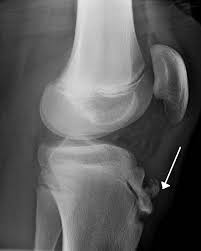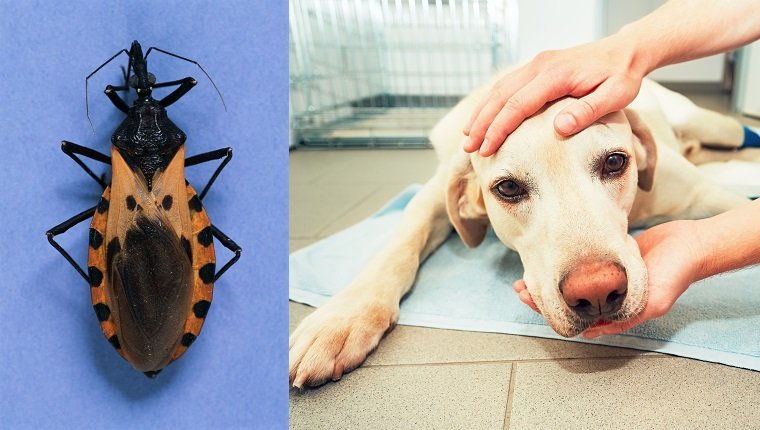Symptoms of Osgood-Schlatter’s Disease
If you are worried about the symptoms of Osgood-Schlatter’s disease, you have come to the right place. Here you will learn more about this condition, including how long it lasts, how to cure it, and the age at which it is likely to begin.
How long does Osgood-Schlatter’s last?
The symptoms of Osgood-Schlatter’s disease tend to vary from person to person, and can last anywhere from several weeks to several years. Symptoms typically improve with time and usually go away when a child’s growth spurt is over. The main symptom is pain just below the kneecap, which is more painful during activity and tends to go away with rest.
Treatment for Osgood-Schlatter’s disease typically involves rest, ice, and over-the-counter pain relievers. Physiotherapy may also be recommended. Physical therapy can help a child recover from pain and stiffness.
How do you fix Osgood-Schlatter disease?
There are many treatment options for Osgood-Schlatter disease, including physical therapy. A physical therapist will teach exercises that relieve the stress on the knees and can help your child get back to normal activities. Ultimately, the goal is to prevent the disorder from recurring.
A doctor can prescribe a specialized treatment plan for Osgood-Schlatter disease. The type of treatment depends on the severity of the symptoms. For example, an activity modification program can be prescribed to limit the repetitive load on the quadriceps muscle. However, it is important to note that such modifications should not be permanent.
This condition affects young athletes, most commonly in sports that involve running and jumping. However, it can also occur in children without an athletic background. Symptoms may appear suddenly and vary from child to child. In young children, the pain may be more pronounced in one knee than in the other. It may also become worse with activity, such as jumping or climbing. Additionally, a hard bump may appear on the front of the kneecap. This bump represents a new bone growing in a growth plate. It may stay visible even as a child grows.
Is Osgood-Schlatter’s serious?
Osgood-Schlatter disease is a condition that affects the bones and joints in the knees and is most common in young athletes who participate in sports that require jumping or running. However, it can also affect children without an athletic background. This condition is generally not dangerous but it can cause pain. The symptoms will usually improve with rest and recovery.
This condition is caused by irritation of the growth plate of the bones in the knee. The growth plate is a small area of cartilage near the joints, which pulls on the kneecap. This growth plate will not grow into bone until the body reaches the end of its growth spurt. However, high stress can cause this growth plate to become irritated.
What age does Osgood-Schlatter start?
Children with this disease tend to be physically active, which makes them more likely to develop it. While it can be difficult to prevent, modifying a child’s activities when they begin to experience pain is an effective way to prevent it. This condition often occurs before the child reaches puberty.
Osgood-Schlatter disease affects one or both knees, and usually affects children and teenagers who are active. The pain associated with this disorder is worse during active activities, such as running and playing sports. About 20% of people with the disease have both knees affected.
Once symptoms begin, the child should visit the pediatric orthopedist for treatment. Physical therapy and stretching of the quadriceps and hamstrings may help reduce symptoms. If pain is persistent, braces may be recommended. If other treatments are ineffective, surgery is an option.
Is Osgood-Schlatter permanent?
Osgood-Schlatter disease is a condition that affects the growth plate of the bones. These plates are located at the end of the bones, near the joints. Normally, they are composed of cartilage, but they can become inflamed due to high levels of stress.
Symptoms of the disease usually go away once the child stops growing. However, it’s important to see your child’s pediatrician as early diagnosis can help prevent further damage to the bones. Children affected by Osgood-Schlatter disease may have to avoid certain activities to alleviate symptoms. In adults, surgery can remove bone fragments and relieve the pain in the knee.
The symptoms of Osgood-Schlatter disease vary from person to person. However, it is most common in teens and young adults. It affects boys and girls who participate in high-impact sports. Symptoms of the condition include knee pain, swelling and tenderness after exercise.



